Biden requests $26 billion budget for NASA in 2023 as agency aims to put astronauts on Mars by 2040
The Artemis moon program, however, will only see human landings in 2025 and 2028.
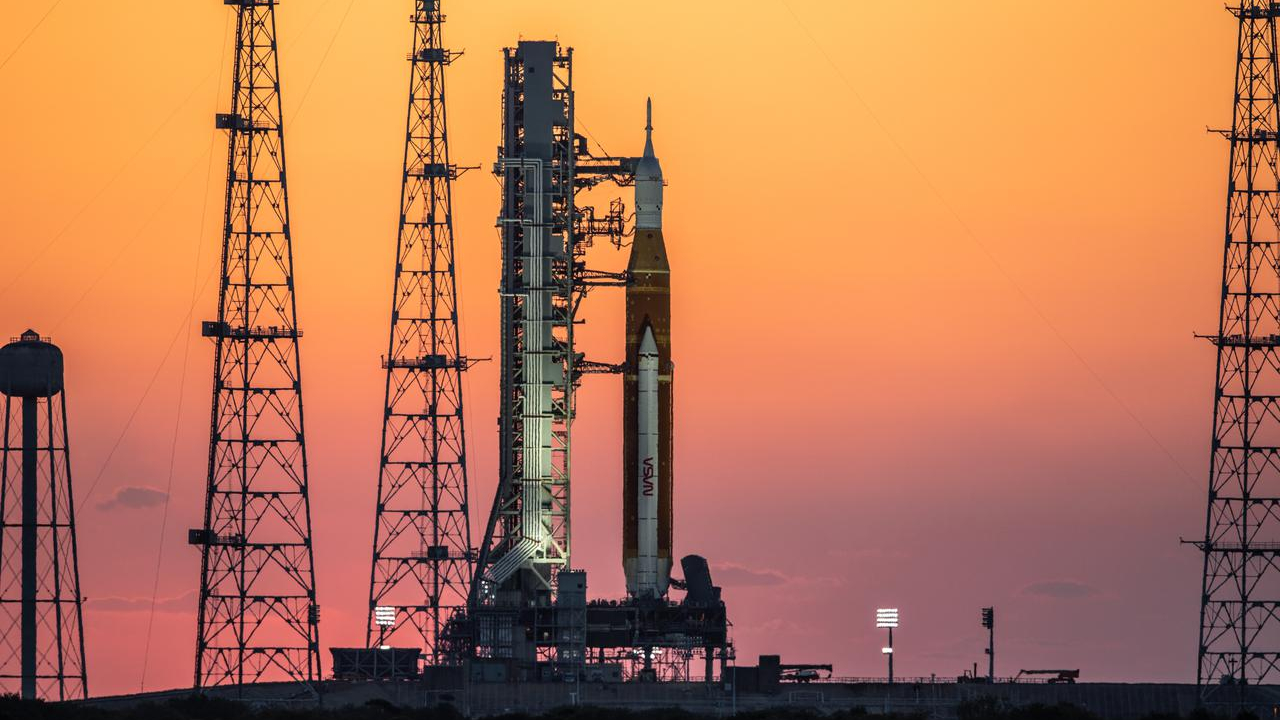
This story was updated at 4 pm. EDT.
The White House has requested a $26 billion budget for NASA in 2023 to fund Artemis moon landings, Earth science and more as the agency aims to send people to Mars by 2040, NASA officials said Monday (March 28).
Moon and Mars exploration, space technology and Earth science are among the priorities of the Biden administration's budget proposal, which is asking for $1.93 billion (or 8%) over the 2022 allocation NASA received.
"Our goal is to apply what we've learned living and operating on the moon and continue then out into the solar system. Our plan is for humans to walk on Mars by 2040," agency administrator Bill Nelson said during his livestreamed State of NASA address Monday afternoon.
While the NASA budget is in part meant to advance the Artemis program to put people on the moon, however, the numbers and timeline for the program show a gap in human landings later in the 2020s.
Related: 13 Presidential Visions for Space Exploration: From Ike to Biden
Nelson was backdropped during his speech by the agency's Artemis 1 moon rocket, atop the launch pad at NASA's Kennedy Space Center in Florida. The mission is scheduled to launch no earlier than May, pending the result of a "wet dress rehearsal" countdown. Following that, if NASA's plans go forward, are an Artemis 2 round-the-moon crewed mission in 2024 and an Artemis 3 human landing mission in 2025.
Get the Space.com Newsletter
Breaking space news, the latest updates on rocket launches, skywatching events and more!
NASA's inspector general has said the first landing will be more likely in 2026, but even if the timeline goes to plan, the new budget documents show a three-year distance between moon landings.
A published "moon to Mars planning manifest" shows the next human landing will be Artemis 5 in 2028, three years after Artemis 3. Then crewed landings are planned for 2029, 2030 and 2031 with Artemis 6, 7 and 8. It appears NASA wants to use a 2027 launch to help build out its Gateway moon space station, but it has no listed launches in 2026 for either the moon or Gateway.
Related: NASA gearing up for Artemis 1 'wet dress rehearsal'
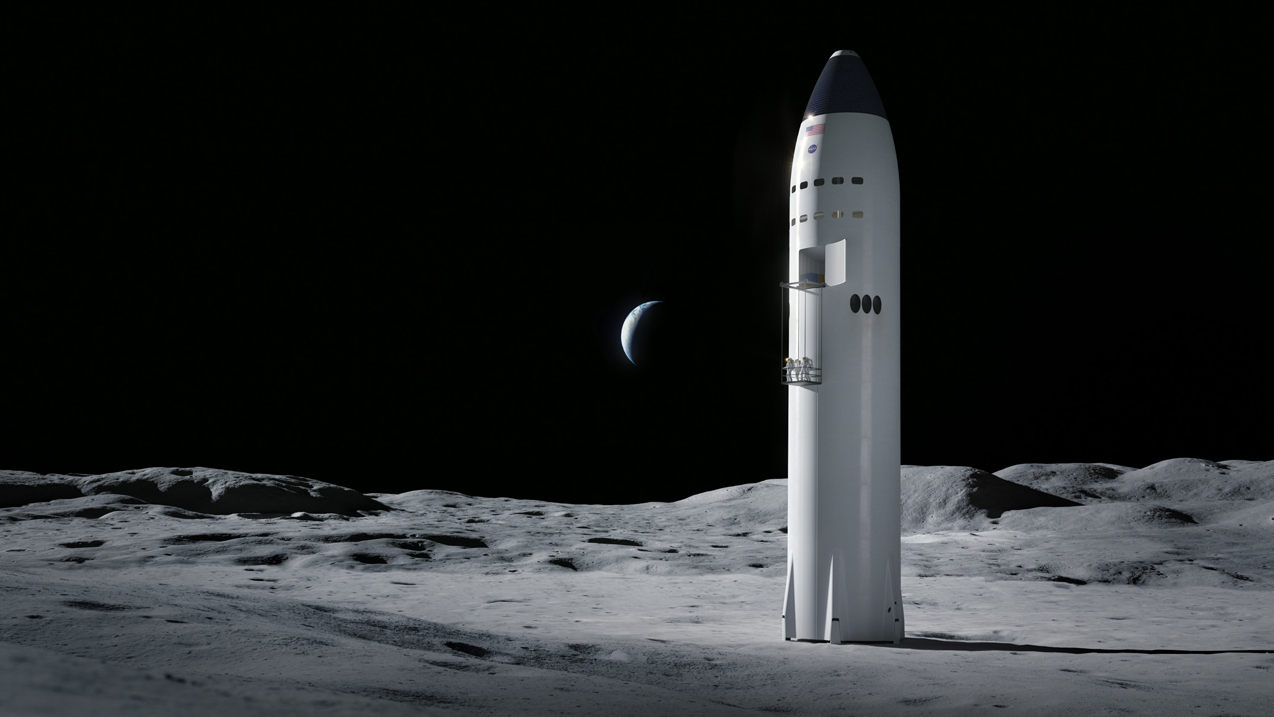
NASA said in a budget phone call with reporters late Monday (March 28) that the three-year gap between Artemis 3 and Artemis 5 is will allow the agency to assess performance of HLS, which will include SpaceX and another company after a new selection process announced last week.
"We're trying to get to these yearly flights [and] get these early flights behind behind us and understand how this vehicle operates," said Jim Free, associate administrator for NASA's exploration systems development mission directorate.
Free said that examining the human landers in detail will help the agency assess how to make plans for touching down on Mars. The agency is also, he said, "going for the infrastructure pieces" on the moon, including power and other elements that may be repurposed for Martian exploration.
Noting that NASA's detailed plans only go as far as 2027, Free said the agency wants to get to the yearly landings starting in 2028 "so that we can get onto Mars as soon as possible." More information, he noted, would be forthcoming in future budgets and as planning matures for both Artemis and NASA's human Mars exploration plans.
In human exploration, in the program's campaign development budget, HLS itself has a requested $1.5 billion and makes up the lion's share of that section's $2.6 billion request (up from $2 billion in 2022). HLS was delayed seven months in 2021 by a legal challenge and complaints by Blue Origin following an initial single-source award to SpaceX.
The increase in the Artemis division with HLS stands against Artemis' common exploration systems development infrastructure (including the Space Launch System rocket and Orion spacecraft), which saw little change at $4.7 billion in 2023 (over $4.5 billion requested in 2022.)
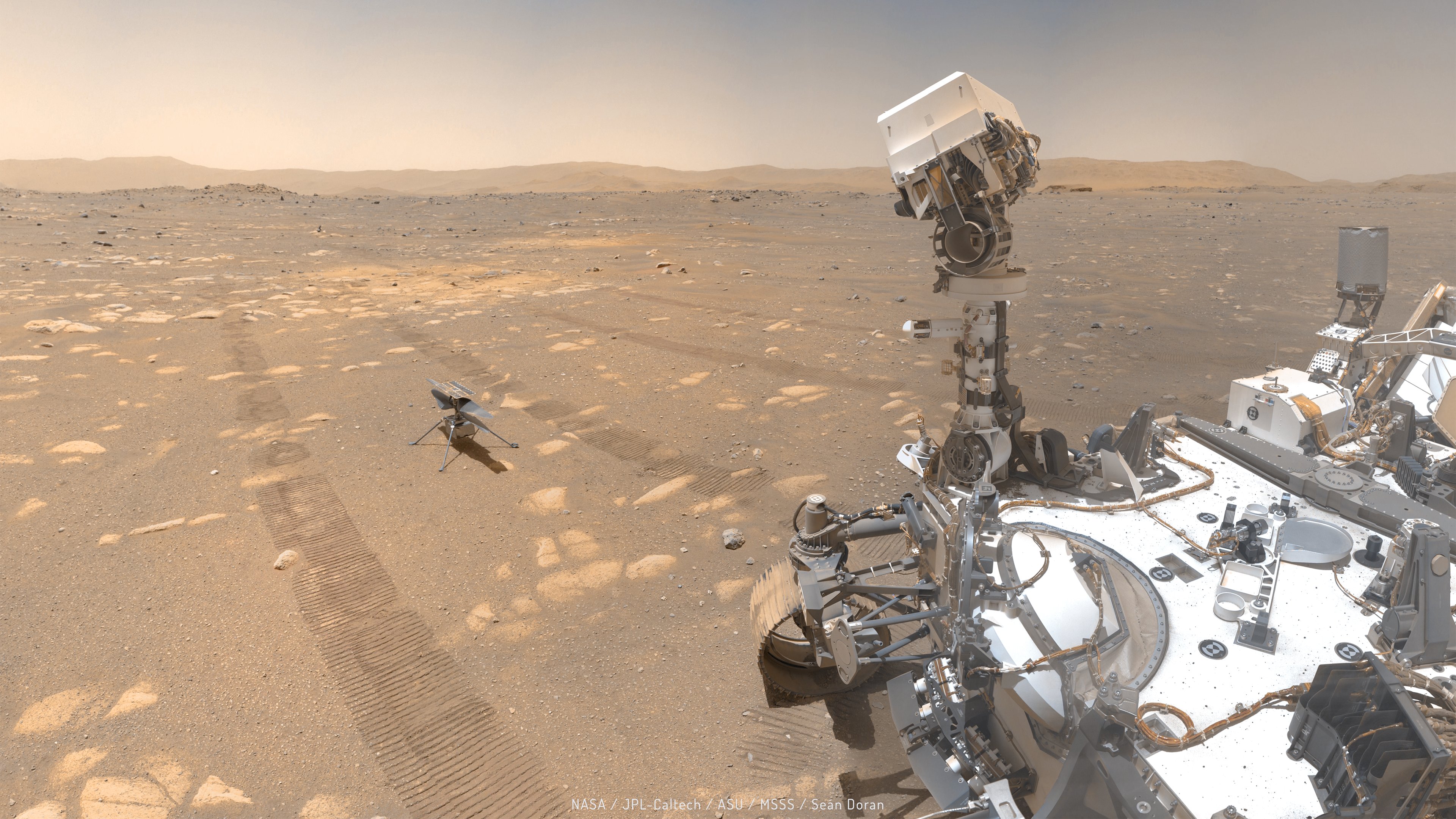
There were numerous changes, cancelations and delays in key Mars missions to build up infrastructure on the Red Planet, despite the agency having a goal of landing humans on that planet in just 18 years.
NASA's Mars campaign development for human exploration will take a dip to $161 million (over $195 million in 2022) for long-range systems including habitation and human support.
Meanwhile, the agency's uncrewed Mars sample return mission has been pushed back two years until 2033 at best, with a plan now including two Mars landers instead of one. The $822 million request for sample return will push forward plans to pick up samples from the Perseverance rover, currently working on the Red Planet to cache promising rocks and material.
The Trump-era Mars Ice Mapper orbital Red Planet mission is also terminated, leaving NASA without a successor mission so far for relaying communications from its surface missions. (The agency said to reporters that it may partner with the European Space Agency if NASA's current fleet, still operational, falls short.) Proposed partners in the mapping mission had included the Canadian Space Agency, the Japan Aerospace Exploration Agency and the Italian Space Agency.
As ice is a resource that NASA hopes to use on the moon for human missions, it is unclear how the agency plans to fill the gap from the Mars Ice Mapper mission that would find the resource on the Red Planet.
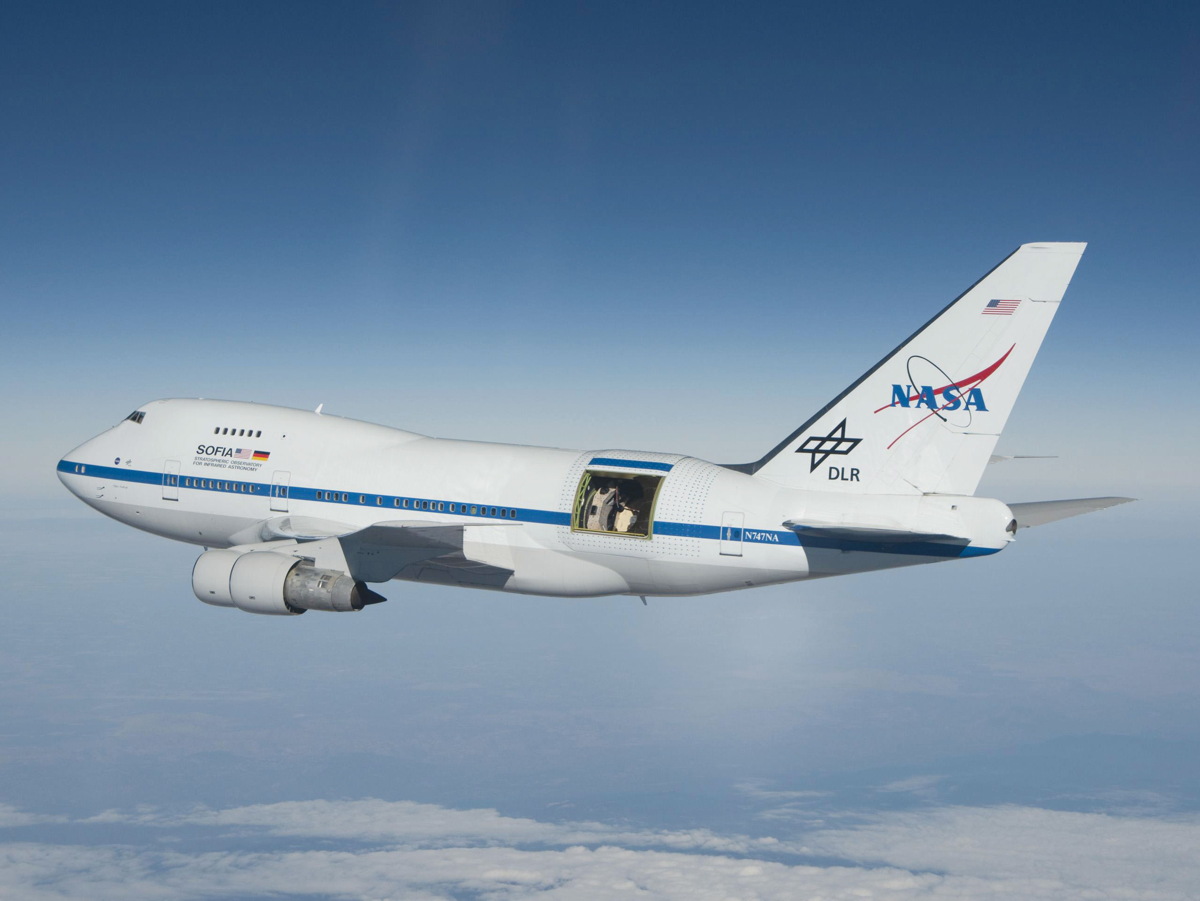
Planetary science programs and astrophysics in general have essentially flat budgets, with several programs (including the Mars Ice mapper) slated for delays or cancellation. This is despite Nelson saying during his address that the agency had the "largest request for science in NASA history."
NASA's Stratospheric Observatory For Infrared Astronomy (SOFIA) is recommended for cancelation, with the agency saying the "orderly shutdown" consistent with recommendations from the 2020 decadal survey of astrophysics that represents a consensus view of the community's direction for the coming 10 years. (SOFIA has faced periodic cancelation threats at least as far back as 2007, but has been reinserted later in the budget process every time.)
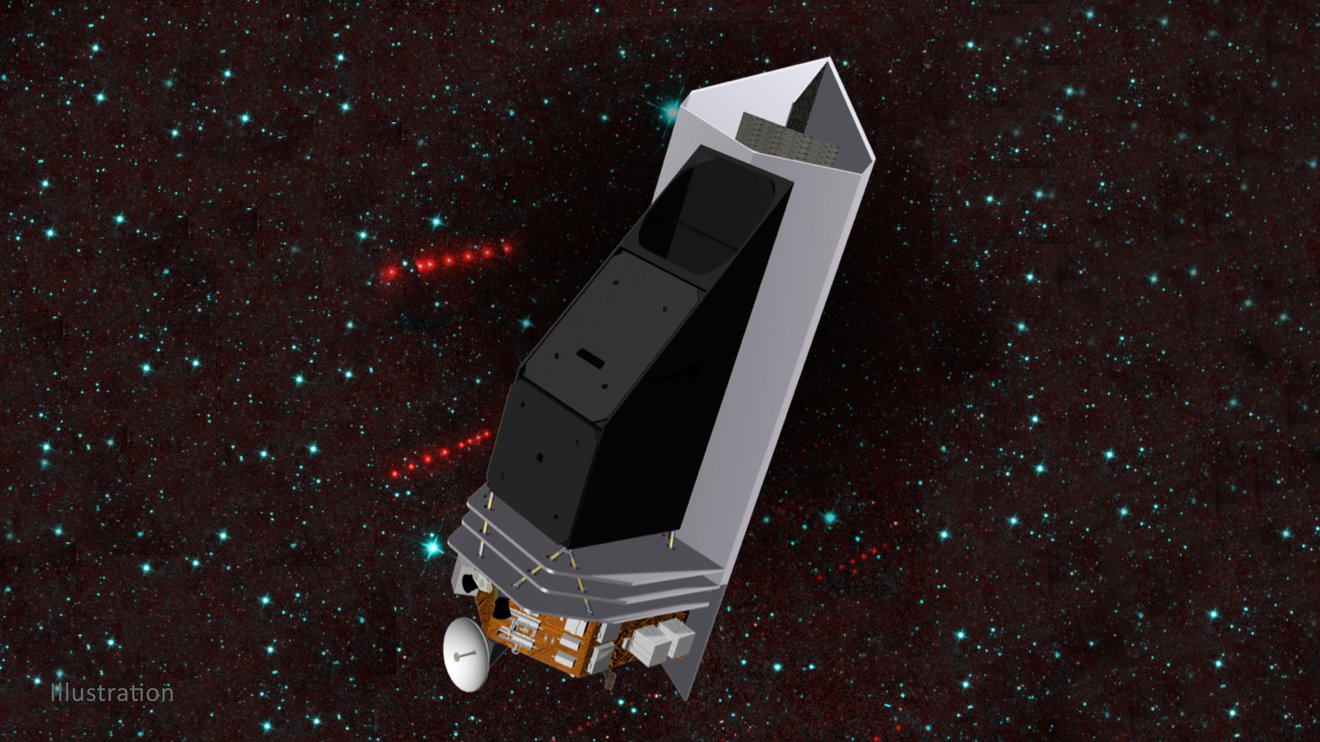
The agency's Near-Earth Object (NEO) Surveyor mission has also been delayed two years, to no earlier than 2028, "due to budget pressure caused by various missions that are costing more than expected, due to COVID and other causes," NASA stated.
Also, a wide-field Hubble-class telescope, the Nancy Grace Roman space telescope, has been delayed now to 2027 (from 2026.) The mission is expected to serve as a wayfinder for the high-resolution eyes of the James Webb Space Telescope, as Roman has a much wider field of view than Webb.
Other delays are happening with programs such as an on-orbit serving mission dubbed On-orbit Servicing, Assembly, and Manufacturing 1 (OSAM-1), along with Solar Electric Propulsion, X-59 Low Boom Flight Demonstrator and X-57 Maxwell all-electric aircraft, NASA officials said during the budget phone call late Monday.
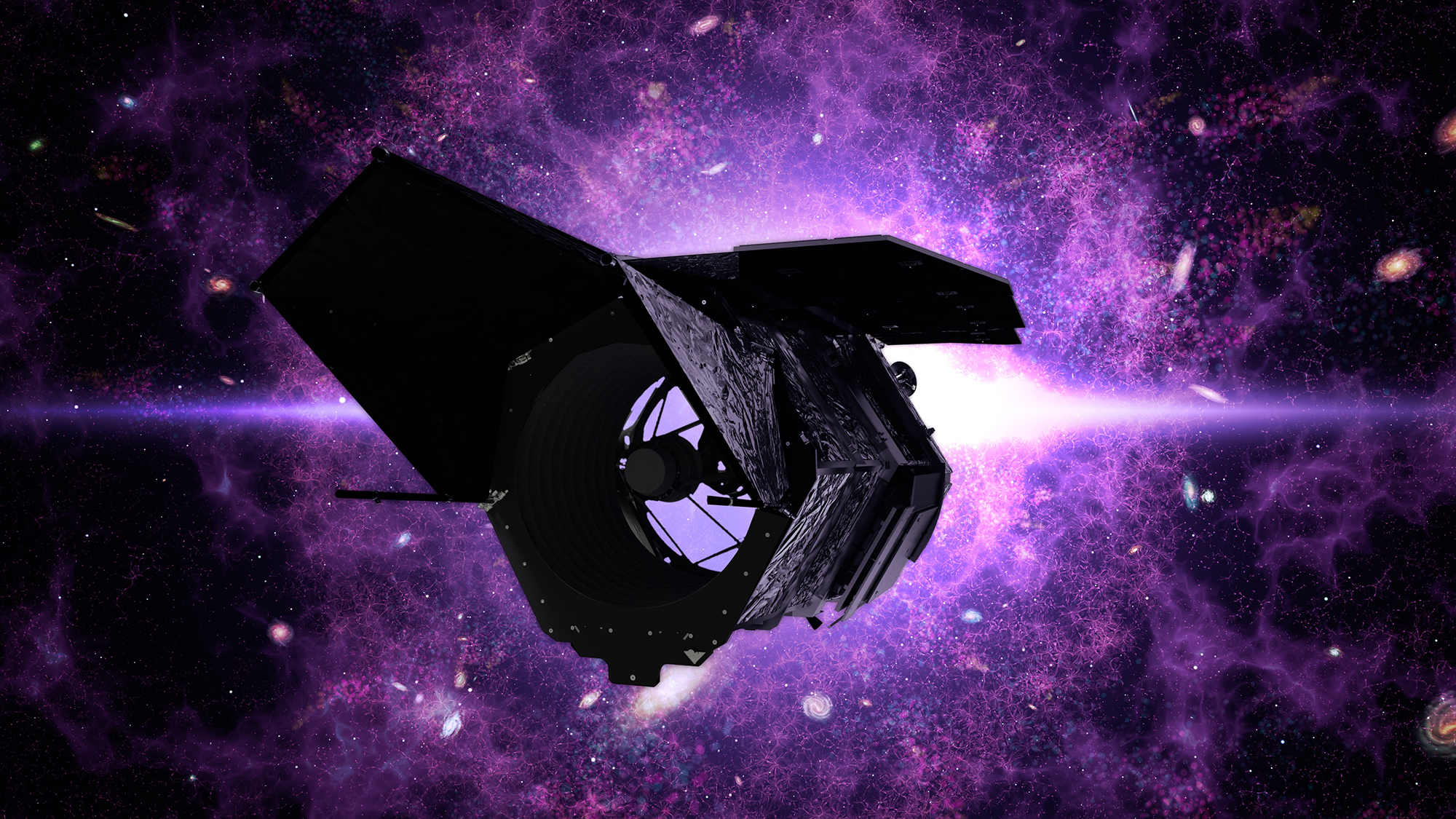
The White House's Office of Management and Budget (OMB) is asking for $25.973 billion overall. The agency received $24.041 billion for 2022 in an omnibus spending bill approved earlier this month.
Other priorities include space technology, which received an increase to $1.4 billion (over $1.44 billion in 2022), while climate change got a slight boost to $2.4 billion (over $2.3 billion).
Aeronautics, however, received a hefty requested increase, to $971.5 million (over $914 million requested and $800 million allocated in 2022.)
"This includes $500 million to reduce aviation’s climate impact through efforts including a Sustainable Flight National Partnership to develop a next-generation passenger aircraft," NASA said in a statement released to media during Nelson's address.
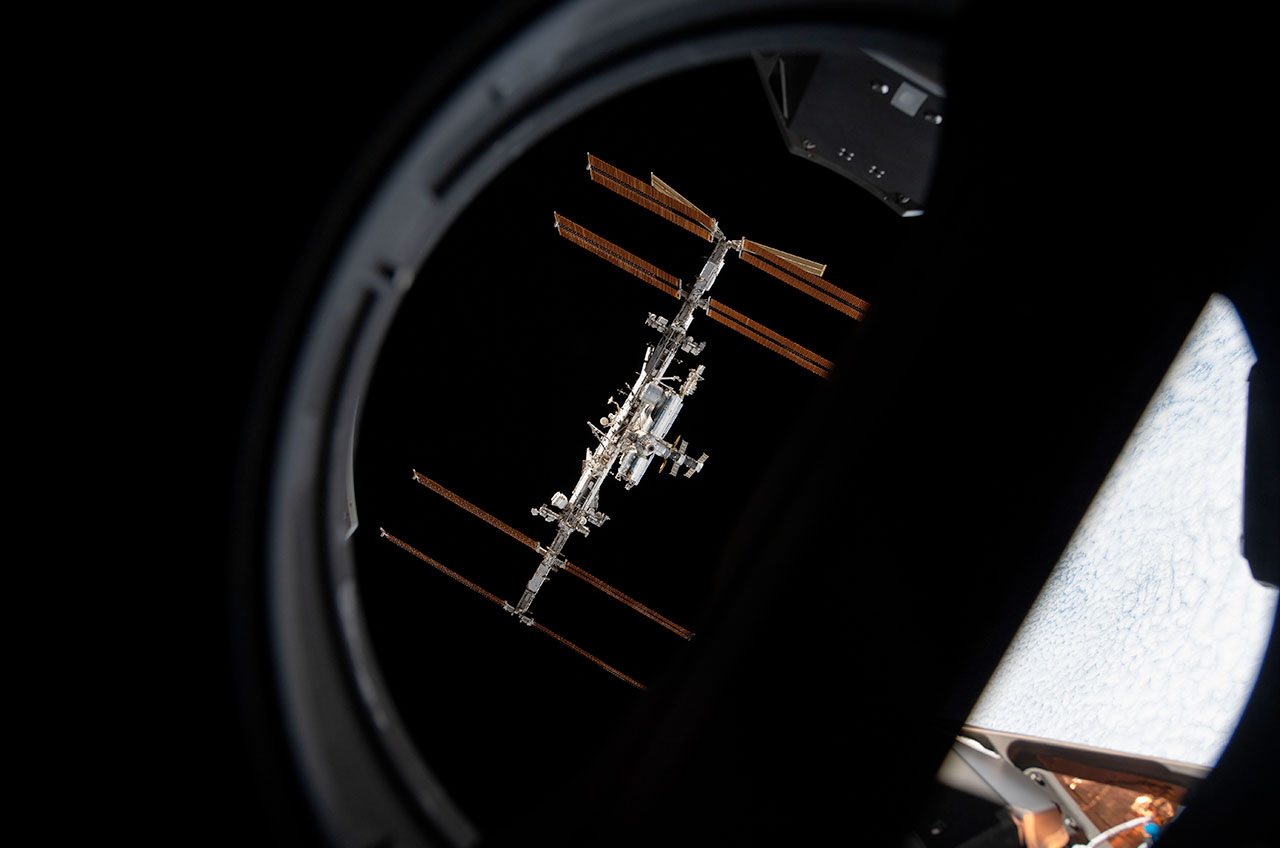
The ISS budget remains almost even at roughly $1.307 million (a little less than $1.327 million in 2022), with support for space transportation systems like SpaceX's Crew Dragon also remaining nearly the same year-over-year.
"We've extended the commitment to the International Space Station's operations through 2030," Nelson said in his address. NASA, however, is the only agency so far to sign on to an extension from 2024. An extension among the partners may be tricky given Russia is a major backer of the project.
ISS relations with Russia remain normal, NASA has emphasized. But Russia has been ousted from numerous other high-profile international space programs in recent weeks due to its invasion of Ukraine on Feb. 24.
NASA's desire to start developing next-generation space stations to replace the aging ISS shows in the budget; the amounts are small, although the relevant proportion has doubled. Fiscal 2023 has a $224 million allocation for future space stations, more than double the $102 million request for 2022.
Follow Elizabeth Howell on Twitter @howellspace. Follow us on Twitter @Spacedotcom or on Facebook.
Join our Space Forums to keep talking space on the latest missions, night sky and more! And if you have a news tip, correction or comment, let us know at: community@space.com.

Elizabeth Howell (she/her), Ph.D., was a staff writer in the spaceflight channel between 2022 and 2024 specializing in Canadian space news. She was contributing writer for Space.com for 10 years from 2012 to 2024. Elizabeth's reporting includes multiple exclusives with the White House, leading world coverage about a lost-and-found space tomato on the International Space Station, witnessing five human spaceflight launches on two continents, flying parabolic, working inside a spacesuit, and participating in a simulated Mars mission. Her latest book, "Why Am I Taller?" (ECW Press, 2022) is co-written with astronaut Dave Williams.









